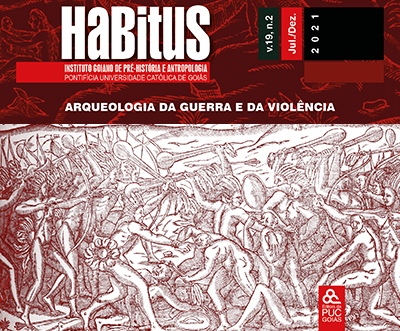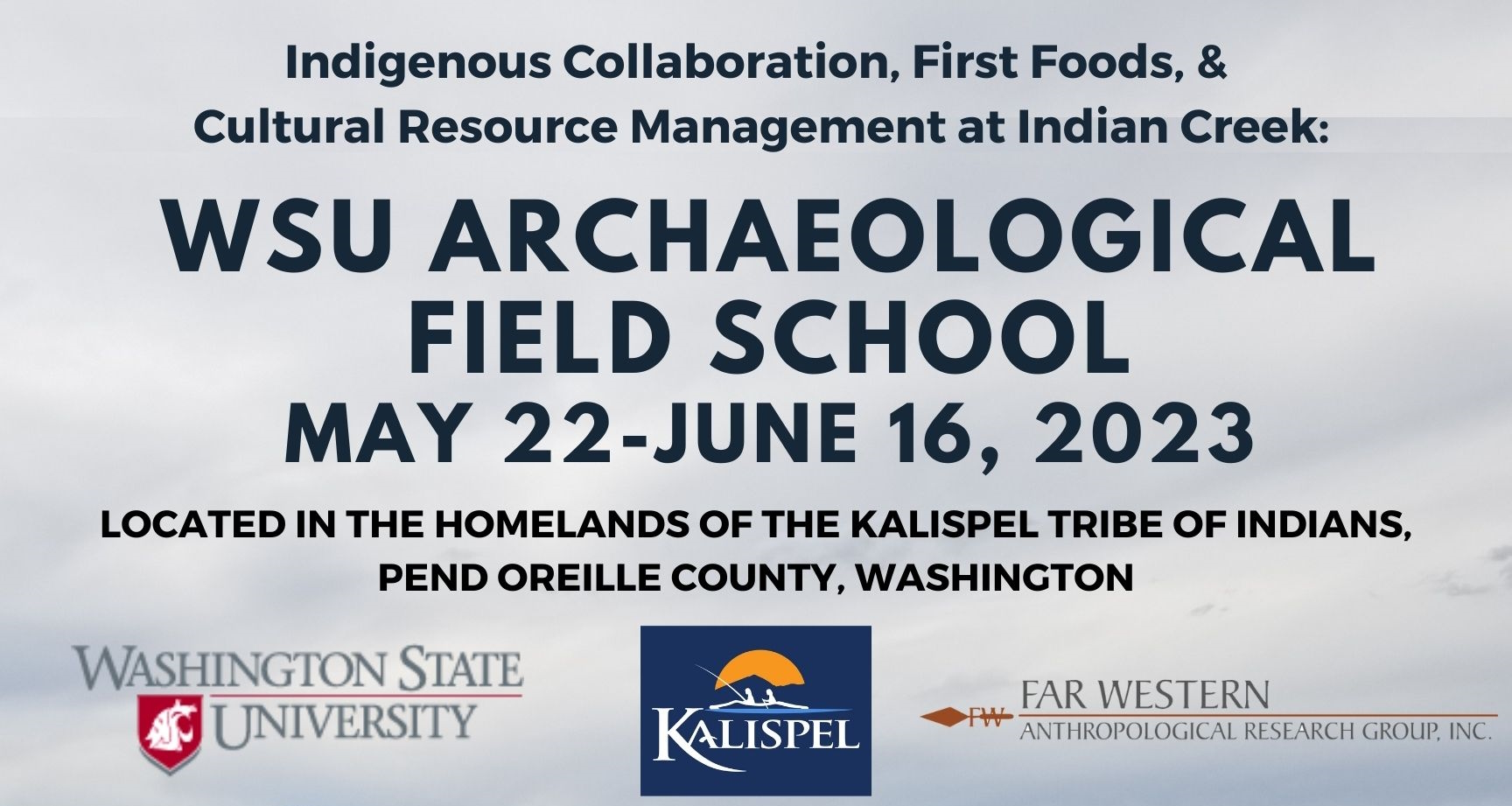Archaeology speaks about the past, but also for those people who now embody it. Indigenous people often approach material culture as part of their heritage, and as a structuring element of their identities. Collaborations with indigenous communities and the public raise archaeology’s relevance by engaging directly with the ways that people embody their history, their beliefs, the actions of their nation, and their place in the world as individuals.


Archaeological intrigue often leads to an appreciation of the many ways that written history may be contradictory, tyrannical, incomplete and whitewashed, in the way that it brings to attention the majority of people who have no place in written history. Native American peoples have lived in the Americas for over 15,000 years, yet history is traditionally confined to the last 500 years of European settlement. In bringing indigenous voices and perspectives to academic research, years of the Western colonial domination of the story of the continent are confronted, and the minority populations who have been marginalized from history regain an agentive role in their own legacy.
I will never forget our project in collaboration with the Guarani in southern Brazil because of its social importance and the precious experience I am gaining by working with Guarani Indians.

I am a volunteer archaeologist to the multidisciplinary National Indian Foundation (FUNAI) Technical Group, which is a collaboration with the Guarani to support their registration of indigenous lands for federal reservation protection in southern Brazil. The Project is coordenated by cultural anthropologist Sergio Baptista da Silva.

I joined all field expeditions and wrote the archaeological field journal. We identified several new archaeological sites and submitted an application to the Brazilian government to return the local Mbyá-Guarani to their native lands. The Guarani is subdivided in 3 groups: Mbyá, Kaiowá, and Nhandeva.

The Mbyá-Guarani wisdom of their way of life and their love for the environment had a profound effect on me. I also came to realize they seem to live forever! Elders as old as 97 walked with us through the land that once belonged to them. One elder named Toribio joined our fieldwork through many consecutive hours in the forest, hills, and beaches. He was 87 years old at the time, and I have to say that he walked faster and had much more energy than me!


The discipline of archaeology has benefited greatly from an increase in communication with descendant communities, which has generated fruitful discussions about who owns the past and what is the active role of archaeology to the society. Archaeology has come long ways by shaping its discourse to include multivocal interests and interpretations.



